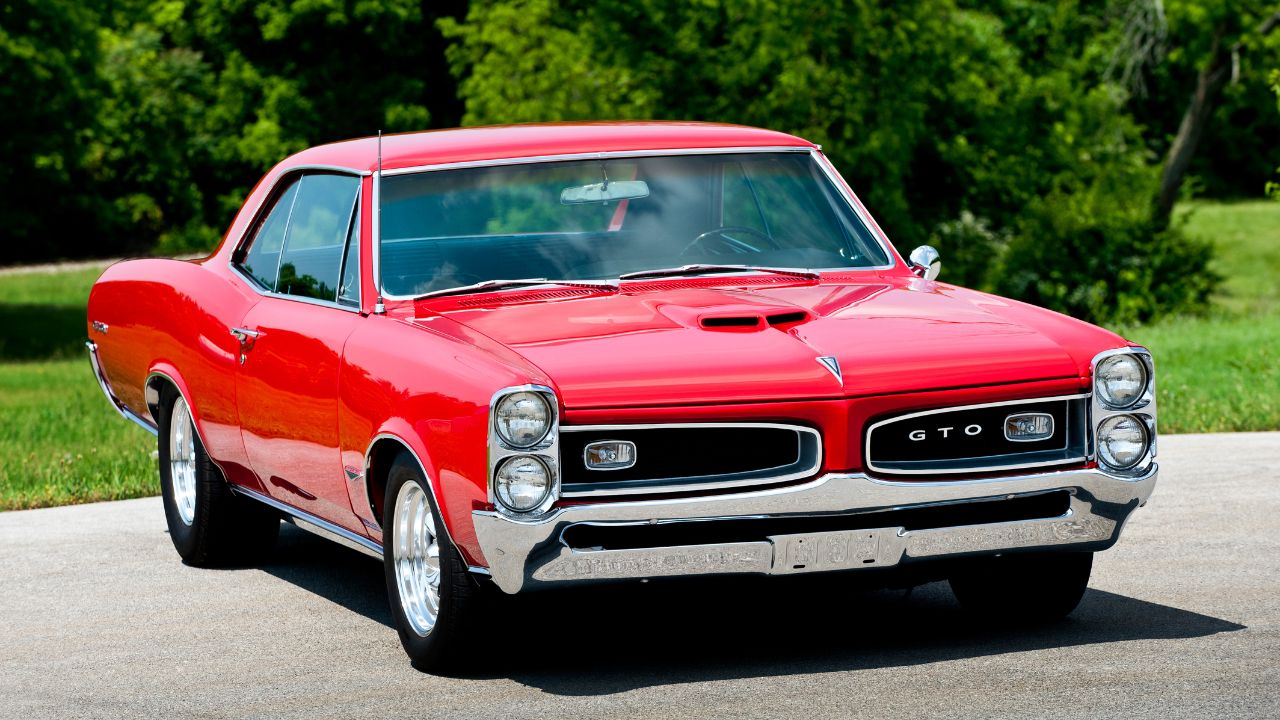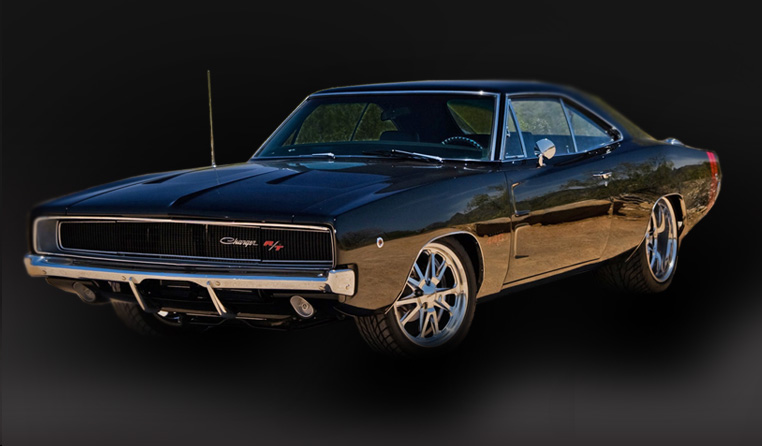
A manual transmission has many advantages, but if luxury cars are your goal, you might be better off purchasing a vehicle with a mechanically-controlled gearbox. Porsche 718 is an excellent example. It's a sports vehicle with a 2-liter turbocharged motor that produces 300 horsepower. The 2021 version of this luxury car is available with eleven different configurations. The base Porsche 718 Cayman models produce 280 pound-feet. Spyder, which has a maximum power output and MSRP of $97300 - $99300, is the top model. Porsche offers a warranty of four years.
Mazda Miata
If you want a manual transmission on your Mazda Miata, you've come to the right place. The Miata is one of the most popular cars in the world, and the manual transmission allows you to enjoy an engaging drive without sacrificing power. Although the Miata's manual transmission is not available on all models, it is available on the 2016-2019 models. These transmissions are stronger and more reliable than the previous versions.

Lotus Evora GT
You are missing out if your Lotus Evora GT GT has a manual transmission. Although the Evora GT feels low-slung and comfortable it lacks some of the more advanced features of modern cars. However, the Evora GT has four-way manual seats and a supportive sport bucket seat design. It does not have blind-sight monitoring or adaptive cruise control. It is well worth looking at, even though it has limited customization options.
WRX STI
The Subaru WRX has a six-speed manual transmission as well as a simulated sevenspeed CVT transmission. The STI is however the only model available with a manual transmission. The only differences between the two transmissions is the ride height, and the type of the manual gearbox. The TY85 fully synchronized sixspeed manual transmission is used in the STI while the WRX uses the TY75 manual transmission.
Jaguar F-Type
The Jaguar F-Type sports car is mid-engined and has a manual transmission. The car has been around for a long time, but now it has undergone some changes. First, the car no longer includes a stick engine, but it still comes with Apple CarPlay/Android Auto as well new paint colors. Eiger Gray as well Portofino Blue are new additions to F-Type's lineup. It boasts 296 horsepower and a starting price of $62,625.

Porsche 718
If you are looking for a Porsche with an outstanding manual transmission, then the Porsche 718 might be just what you need. The Porsche 718 is a great choice because of its responsive engine maps, row-yourself manual transmission, and other exciting features. It is also the 911's only model that comes with a manual gearbox. These are some of its advantages:
FAQ
How do I fix my car for a hobby?
It's a great hobby to take on if you are passionate about cars. You could learn how to repair them, buy parts for them, sell them or just enjoy them. It's a fun hobby that you can do if it interests you.
It's difficult to make this a fulltime job. It requires a lot of hard work and dedication. It requires a lot investment.
So unless you have a good reason for wanting to get involved with cars, then it might be best to leave it alone.
What jobs are available for car mechanics?
Car mechanics can find work in three areas:
-
Automotive repair shops
-
Dealerships
-
Independent garages
Automotive repair shops
This is the place most people begin to consider becoming mechanics. This is the best way to get started. You can either work in a shop run by someone else, or start your business.
If you choose to work at a store, you need to join a union. Once you're accepted into the union, you'll receive training from the union.
You'll be ready for work once you have completed the training.
Registering with the government is required if you intend to open a garage. After you have registered, you will need to meet certain standards.
When you've registered, you'll be given a license to operate your garage.
Your license will permit you to sell spares parts and perform minor repairs. It will not permit you to fix major engine issues.
Customers will expect you to not only sell spare parts but also provide advice and guidance.
Dealership jobs
Most dealerships employ mechanics who can specialize in a particular area of the car. They might be able to only fix brakes or replace tires.
Some dealers also have general mechanics that can handle all aspects.
Some positions require that applicants complete training before they can be allowed to work. Employers are able to choose which candidates will best suit their position.
Some dealerships will hire graduates straight from college. These graduates already have a basic understanding of mechanical engineering, so they are able to learn all about cars.
Independent garages
Independent garages don’t have to be associated with any particular dealer. Instead, they focus on high-quality customer service.
Independent garages are not associated with any companies so they can afford higher wages. Because these jobs don't have to be associated with any company, they can generally offer better wages than dealerships.
However, independent garages do not necessarily offer better workplaces. Many owners prefer to run their businesses themselves rather than delegate responsibility to employees.
It is possible to work long hours, but not have any control over the day.
Also, expect to make lower wages than if your job was at a dealership.
You can switch jobs easily. It is possible to switch between different types of jobs if your current employer would prefer you to work at a dealer.
Alternatively, if you'd like to work at an independent garage, then you could try applying directly to the owner of the garage.
The bad news is that finding a new job isn't always easy. You can earn more depending on many other factors.
Consider, for example, what type of vehicle you are repairing and whether additional labor charges will apply.
What is the difference in a mechanic and an auto technician?
Both are related, but they are not the same. Both a mechanic and an automotive technician can repair cars.
A mechanic needs to be able and quick to use their manual dexterity. They must also be able to diagnose problems accurately and repair them effectively.
An automotive technician requires more technical skills than a mechanic. They must be able to read blueprints and use tools such as drills and wrenches.
They must also be able perform complex procedures safely. They must also be familiar with different types of engines and electrical systems.
They must also be capable of understanding how parts interact.
This means that mechanics usually make less money than automotive technicians. Both careers have many options.
What does it matter which college I attend?
No, not really. There is no difference in the programs offered by colleges for getting into automotive work. However, some schools offer better programs than others so if you're looking for something more specialized, look elsewhere.
What qualifications do you need to be a mechanic?
You will need to pass several exams in order to become a mechanic. These include:
-
A general knowledge exam
-
A practical exam
-
An apprenticeship test
These tests are intended to make sure you have a solid understanding of the basics of mechanics before you can start your career as a mechanic.
Once you pass these tests you can become a mechanic. You'll still need an apprenticeship. This will involve training in the trade.
To learn all there is to know about fixing vehicles, you will need workshops and classes. Additionally, you will need to work with experienced mechanics.
You'll need a high level of concentration and attention to detail if you want to succeed as a mechanic. Vehicle repairs require you to be very attentive.
To become a good mechanic, you need patience and persistence. If you don't like to follow instructions, then this may not be the right career path for you.
However, if you love cars or enjoy working on them, you might be happy in this field.
What information do I need about car mechanics
You don't need to know anything about cars to work as an auto mechanic. Only you need to know how things work. Most people start by fixing things like changing tires or fitting brake pads.
You'll need the ability to read and understand diagrams and to follow simple rules of good practise. You must also be able judge if parts need to replaced or repaired.
You should not attempt to fix vehicles without proper training and guidance. This is especially true when you are dealing with costly components like engines and transmissions.
Even though you won’t need to know much more about cars, you will still need to have an in-depth understanding of mechanics and physics. This is how you understand the mechanisms behind engines and brakes.
It is important to realize that you must be ready for all types of situations. One example is when you could be working on a vehicle involved in a serious crash. You will also need to be able to deal with accidents and breakdowns.
Finally, you need to be willing and able to quickly learn new skills. In order to be able diagnose and fix problems, you will also need to know how to do simple maintenance tasks such tightening bolts.
Statistics
- According to the BLS, the median annual salary for automotive service technicians and mechanics in the United States was $44,050 in May 2020. (uti.edu)
- There were 749,900 jobs available for automotive service technicians and mechanics in 2016, which is expected to grow by six percent through 2026. (jobhero.com)
- According to the BLS, total auto technician employment is expected to exceed 705,000 by 2030. (uti.edu)
External Links
How To
How to properly diagnose and repair your vehicle
Before you can determine if your car requires repairs, it's important to first analyze the symptoms. You can then follow these steps for a proper diagnosis of your vehicle.
-
Check engine lights. You should inspect the dashboard lights, such as the engine light indicator and the oil pressure gauge. Also, check the battery light indicator. If any of these indicators have been flashing continuously for several days it could mean that there is something wrong with your vehicle.
-
Examine the treads of the tires. Tire wear can lead to problems in handling and brake performance. The treads of the wheels should be inspected as well. You should ensure that they are clean and smooth. It is best to take off the wheels and remove them. Use a flashlight to see how well the treads are worn.
-
Check the level of brake fluid. You should always keep track of the amount of brake fluid in your vehicle. This will ensure that your brakes run smoothly. If your brake fluid level is low they might not work properly when you apply pressure.
-
Check the suspension system. Vehicles usually have a suspension system that helps absorb shocks and vibrations while driving. It gives you better control and allows for smoother accelerations and decelerations. A suspension problem can cause your vehicle to feel wobbly and shake uncontrollably. To test whether your vehicle has a suspension issue, try putting weight on the front or rear axle and observe the movement.
-
Examine the steering wheel. Steering columns are used to connect the steering wheel to the rest of the vehicle's components. The steering column can often be damaged by an accident. If yours feels loose or shaky, you should replace it.
-
Observe the exhaust pipe. The exhaust pipes transport gases from the combustion chamber to outside. If the exhaust pipe is damaged or leaks, harmful fumes can enter your cabin. Additionally, your tailpipe should be fixed immediately if it is bent.
-
Look under the hood. Look underneath your hood to see if anything looks strange. Leakage of fluids in your engine could indicate that it is leaking. You should also contact a professional technician if there is an unusual odor coming from the engine compartment.
-
The air filter should be checked. The outside environment collects dust and other particles in the vehicle's filter. Your vehicle will run less well if it has a dirty filter. Replace your air filter regularly.
-
Check the fan belt. The fan belt is the link between the engine and the transmission. If the fanbel breaks, your engine won't turn. The process of replacing the belt is straightforward. All you need is a screwdriver and some pliers.
-
Check the radiator hose and hoses. The radiatorhose carries water from your radiator to the engine. It can crack or become damaged and leak hot liquid onto an engine. To repair the leaky hose, all you need is a pair if needle-nosepliers.
-
You should inspect the windshield wipers. Windshield wipers use electricity to remove snow and rain. If they stop functioning, they can leave streaks in your window glass. The solution is to change the washer fluid.
-
You should inspect the cables. Batteries provide power to electrical systems inside your car. If you are replacing batteries, disconnect the negative cord first. Failure to do so can damage your alternator.
-
Be sure to check your headlights. The headlights provide illumination for the road ahead. If they don't work properly, it can cause poor visibility. To check if the bulbs have gone out, you can inspect them.
-
Be sure to check the lights. Lights warn other drivers when you approach them at night. You may be distracted by the light and end up in an accident.
-
Make sure you check your brakes. Brakes slow down your vehicle before a collision. You may lose control of your vehicle and crash if the brakes don't function properly.
-
Change the oil. Oil keeps your engine lubricated. It prevents metal parts from rusting too quickly. It is recommended that the oil be changed every other month.